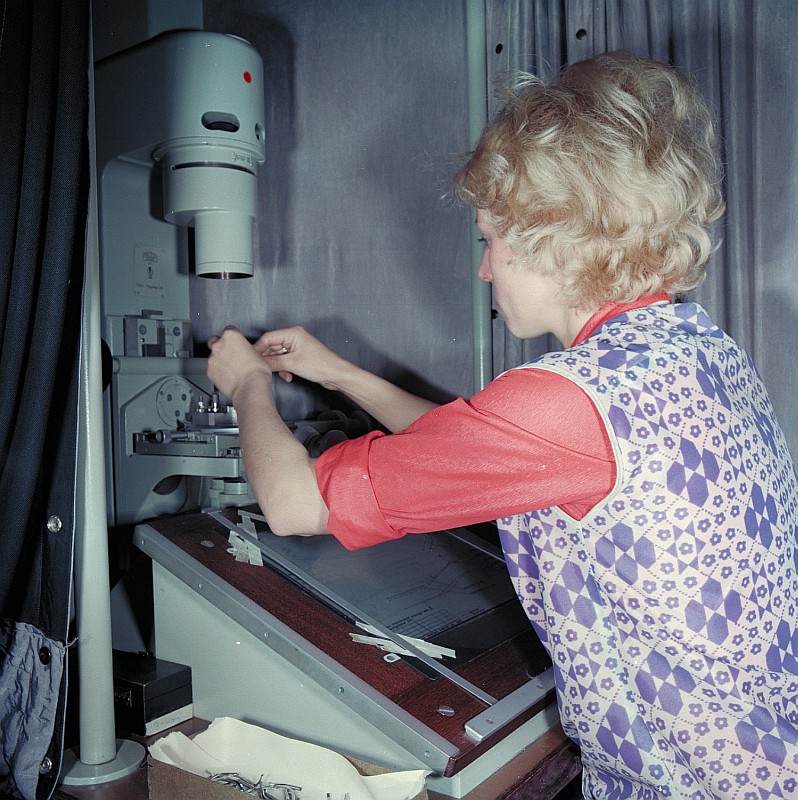Statistics 1-1
- Introduction to Statistics
- Descriptive Statistics
- Probability Distribution
- Sampling and Sampling Methods
- Estimation and Hypothesis Testing
- Comparison of Two Populations
- Analysis of Variance (ANOVA)
- Regression Analysis
- Nonparametric Statistics
- Statistical Applications in Quality and Productivity
- Software Application in Statistics
Statistical Applications in Quality and Productivity
Use of Statistics in Quality Control

Process or activity to ensure the quality of products and services provided to customers.
Quality control is a crucial aspect of any industry, ensuring that products or services meet specific standards and requirements. It involves the use of various techniques and activities to monitor, control, and improve the quality of processes and outputs. One of the most effective ways to achieve this is through the use of statistical methods, which provide a systematic and objective approach to quality control.
Introduction to Quality Control
Quality control refers to the process of detecting and correcting problems in the production process to prevent poor quality products or services from reaching the customer. It involves setting standards, measuring actual performance, and taking corrective action when necessary. The ultimate goal is to improve customer satisfaction, reduce waste, and increase efficiency.
Role of Statistics in Quality Control
Statistics play a vital role in quality control by providing a set of tools for collecting, analyzing, interpreting, and presenting data. These tools allow us to understand variability, identify trends, and make informed decisions based on empirical evidence.
Statistical methods can help identify the sources of variation in a process, distinguish between common and special causes of variation, and determine whether a process is in control and capable of meeting specified requirements.
Statistical Quality Control Techniques
There are several statistical techniques used in quality control, including:
-
Control Charts: These are graphs used to study how a process changes over time. They display collected data in a time-ordered sequence, allowing the user to identify trends, cycles, and any unusual occurrences that may indicate problems.
-
Acceptance Sampling: This is a method used to inspect a batch of goods to determine whether to accept or reject the batch. It involves taking a random sample from the batch and deciding on this basis.
-
Process Capability Analysis: This is a statistical technique used to determine if a process is capable of producing outputs that meet the specifications. It involves calculating the process capability index, which compares the performance of the process to the specification limits.
Case Studies
To illustrate the use of statistical methods in quality control, consider the following examples:
-
A car manufacturer uses control charts to monitor the thickness of paint applied to its cars. If the paint thickness goes outside the control limits, the process is stopped, and corrective action is taken.
-
A food processing company uses acceptance sampling to decide whether to accept or reject batches of raw materials delivered by suppliers. If the sample from a batch does not meet the quality standards, the entire batch is rejected.
-
A pharmaceutical company uses process capability analysis to ensure that its drug manufacturing process is capable of producing drugs that meet the required potency specifications.
In conclusion, the use of statistical methods in quality control provides a powerful and effective approach to monitor, control, and improve quality. By understanding and applying these methods, organizations can enhance customer satisfaction, reduce costs, and improve their overall performance.